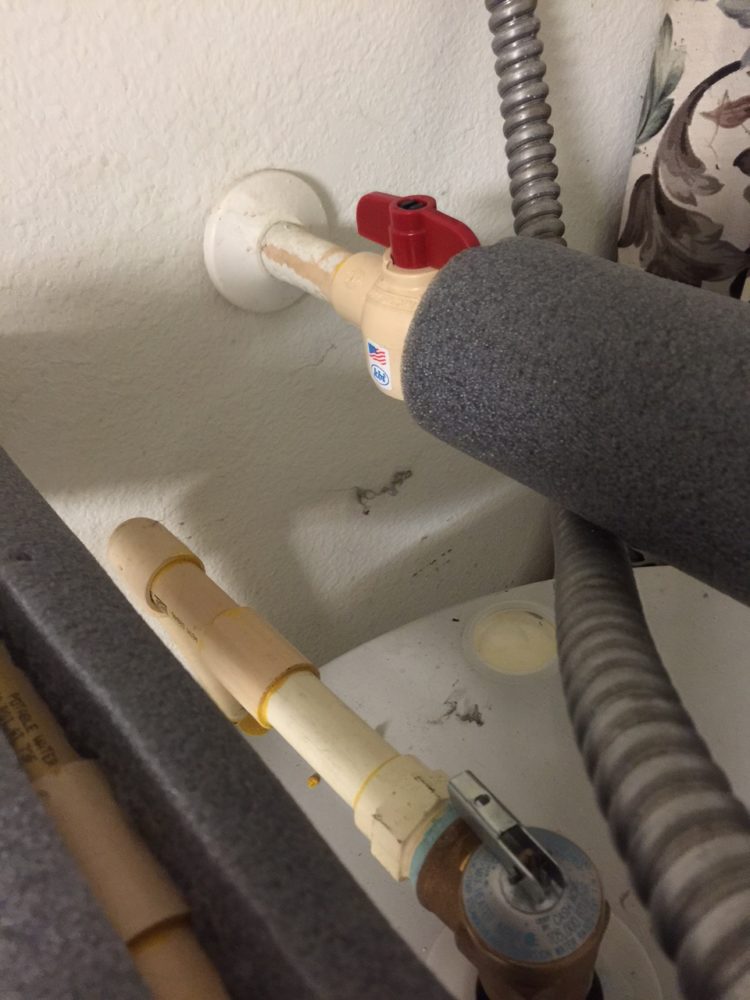If you've ever experienced low water pressure in your bathroom sink, you know how frustrating it can be. Trying to wash your hands or brush your teeth becomes a tedious task as the water barely trickles out. But what exactly causes low pressure in bathroom sinks and how can it be fixed? Let's explore some of the common reasons and solutions for low water pressure in bathroom sinks.Low water pressure in bathroom sink
Before jumping to solutions, it's important to first identify the cause of low pressure in your bathroom sink. One common culprit is a clogged aerator. The aerator is the small mesh screen that fits onto the end of the faucet and helps to control the flow of water. Over time, it can become clogged with mineral deposits, reducing the water flow. To fix this, simply unscrew the aerator and clean it with a mixture of vinegar and water. If this doesn't solve the issue, there may be a more serious problem at hand.How to fix low pressure in bathroom sink
Aside from a clogged aerator, there are several other reasons for low water pressure in bathroom sinks. One common cause is a buildup of mineral deposits or sediment in the pipes. This can happen over time, especially in older homes with galvanized pipes. Another possible cause is a faulty pressure regulator, which controls the overall water pressure in your home. This can be a more complex issue to fix and may require the help of a professional plumber.Causes of low pressure in bathroom sink
If you're experiencing low pressure in your bathroom sink, there are a few steps you can take to troubleshoot the issue. First, check if the low pressure is specific to just one sink or if it's affecting all the sinks in your home. If it's just one sink, the problem likely lies within that specific faucet. If it's all the sinks, then it could be a larger issue with your plumbing system. Next, try cleaning the aerator or checking for any leaks or cracks in the pipes. If the problem persists, it's best to call a professional for further troubleshooting.Bathroom sink low pressure troubleshooting
One of the most common areas for low pressure in a bathroom sink is the faucet. As mentioned before, a clogged aerator can cause low pressure, but there may also be other issues with the faucet itself. If you notice a significant decrease in pressure, it could be due to a worn out or damaged faucet. In this case, it's best to replace the faucet entirely to restore the water pressure.Low pressure in bathroom sink faucet
If you're tired of dealing with low pressure in your bathroom sink, there are a few things you can do to increase the water flow. As mentioned before, cleaning the aerator can help, as well as checking for any clogs or leaks in the pipes. You can also try adjusting the water shut-off valves, which control the water flow to each individual faucet. If these methods don't work, it may be time to call a plumber for a more thorough inspection.How to increase water pressure in bathroom sink
If the low water pressure is specific to just the hot water in your bathroom sink, there could be an issue with your water heater. The first thing to check is the temperature setting on your water heater. If it's set too low, it can affect the water pressure. You may also want to check the hot water shut-off valve and make sure it's fully open. If the problem persists, it's best to have a professional inspect your water heater.Low pressure in hot water bathroom sink
Similarly, if the low pressure is specific to just the cold water in your bathroom sink, there may be an issue with the main water supply line. Check for any leaks or damage to the pipes and make sure the shut-off valve is fully open. If the problem persists, it's best to call a professional plumber for further inspection.Low pressure in cold water bathroom sink
Have you noticed low water pressure in your bathroom sink after shutting off the water supply? This could be due to air trapped in the pipes. To fix this, simply turn on the faucet and let the water run for a few minutes until the air is flushed out. If this doesn't solve the issue, there may be a more serious problem with the pipes or valves that requires professional attention.Low pressure in bathroom sink after shut off
If you're experiencing low pressure in both your bathroom sink and shower, it's likely an issue with your main water supply line. Check for any leaks or damage to the pipes and make sure the shut-off valves are fully open. If the problem persists, it's best to call a professional plumber to inspect the main water supply line and make any necessary repairs. Dealing with low water pressure in your bathroom sink can be a frustrating and inconvenient problem. By understanding the common causes and solutions for low pressure, you can hopefully troubleshoot and fix the issue on your own. However, if the problem persists, it's always best to seek the help of a professional plumber to ensure your plumbing system is functioning properly and efficiently.Low pressure in bathroom sink and shower
How to Fix Low Pressure in Your Bathroom Sink

Common Causes of Low Pressure in Bathroom Sinks
 If you've noticed that the water pressure in your bathroom sink is lower than usual, you're not alone. Low water pressure is a common issue that many homeowners face, especially in older homes. There are a few possible causes for low pressure in your bathroom sink, and understanding them can help you fix the problem.
Clogged Aerators:
The first thing to check when you have low pressure in your bathroom sink is the aerator. This small screen at the end of the faucet can easily become clogged with mineral deposits and debris, hindering the flow of water. To clean the aerator, simply unscrew it from the faucet and soak it in a mixture of vinegar and water for a few hours. This will dissolve any buildup and improve water pressure.
Old Pipes:
If your home has old plumbing, it's possible that the pipes have become corroded or clogged over time. This can restrict the flow of water and lead to low pressure in your bathroom sink. If you suspect this is the issue, it's best to call a professional plumber to assess the situation and replace any damaged pipes.
If you've noticed that the water pressure in your bathroom sink is lower than usual, you're not alone. Low water pressure is a common issue that many homeowners face, especially in older homes. There are a few possible causes for low pressure in your bathroom sink, and understanding them can help you fix the problem.
Clogged Aerators:
The first thing to check when you have low pressure in your bathroom sink is the aerator. This small screen at the end of the faucet can easily become clogged with mineral deposits and debris, hindering the flow of water. To clean the aerator, simply unscrew it from the faucet and soak it in a mixture of vinegar and water for a few hours. This will dissolve any buildup and improve water pressure.
Old Pipes:
If your home has old plumbing, it's possible that the pipes have become corroded or clogged over time. This can restrict the flow of water and lead to low pressure in your bathroom sink. If you suspect this is the issue, it's best to call a professional plumber to assess the situation and replace any damaged pipes.
Ways to Increase Water Pressure in Your Bathroom Sink
 Check the Water Shut-Off Valve:
Sometimes, the water shut-off valve under the sink may accidentally get turned partially closed, reducing water pressure. Make sure the valve is fully open to allow for maximum water flow to your sink.
Install a Water Pressure Booster:
If your home has low water pressure throughout, not just in the bathroom sink, you may benefit from installing a water pressure booster. This device works by increasing the pressure of the water coming into your home, providing a steady and consistent flow.
Replace Your Faucet:
If you have an older faucet, it may be time to replace it. Over time, the internal parts of a faucet can wear out, causing low water pressure. Upgrading to a newer, more efficient faucet can help improve water flow in your bathroom sink.
Check the Water Shut-Off Valve:
Sometimes, the water shut-off valve under the sink may accidentally get turned partially closed, reducing water pressure. Make sure the valve is fully open to allow for maximum water flow to your sink.
Install a Water Pressure Booster:
If your home has low water pressure throughout, not just in the bathroom sink, you may benefit from installing a water pressure booster. This device works by increasing the pressure of the water coming into your home, providing a steady and consistent flow.
Replace Your Faucet:
If you have an older faucet, it may be time to replace it. Over time, the internal parts of a faucet can wear out, causing low water pressure. Upgrading to a newer, more efficient faucet can help improve water flow in your bathroom sink.
Conclusion
 Low pressure in your bathroom sink can be a frustrating and inconvenient problem. However, by understanding the common causes and implementing these solutions, you can easily fix the issue and improve water flow in your sink. If the problem persists, it's best to consult a professional plumber for further assistance. With these tips, you can enjoy a fully functional and efficient bathroom sink once again.
Low pressure in your bathroom sink can be a frustrating and inconvenient problem. However, by understanding the common causes and implementing these solutions, you can easily fix the issue and improve water flow in your sink. If the problem persists, it's best to consult a professional plumber for further assistance. With these tips, you can enjoy a fully functional and efficient bathroom sink once again.














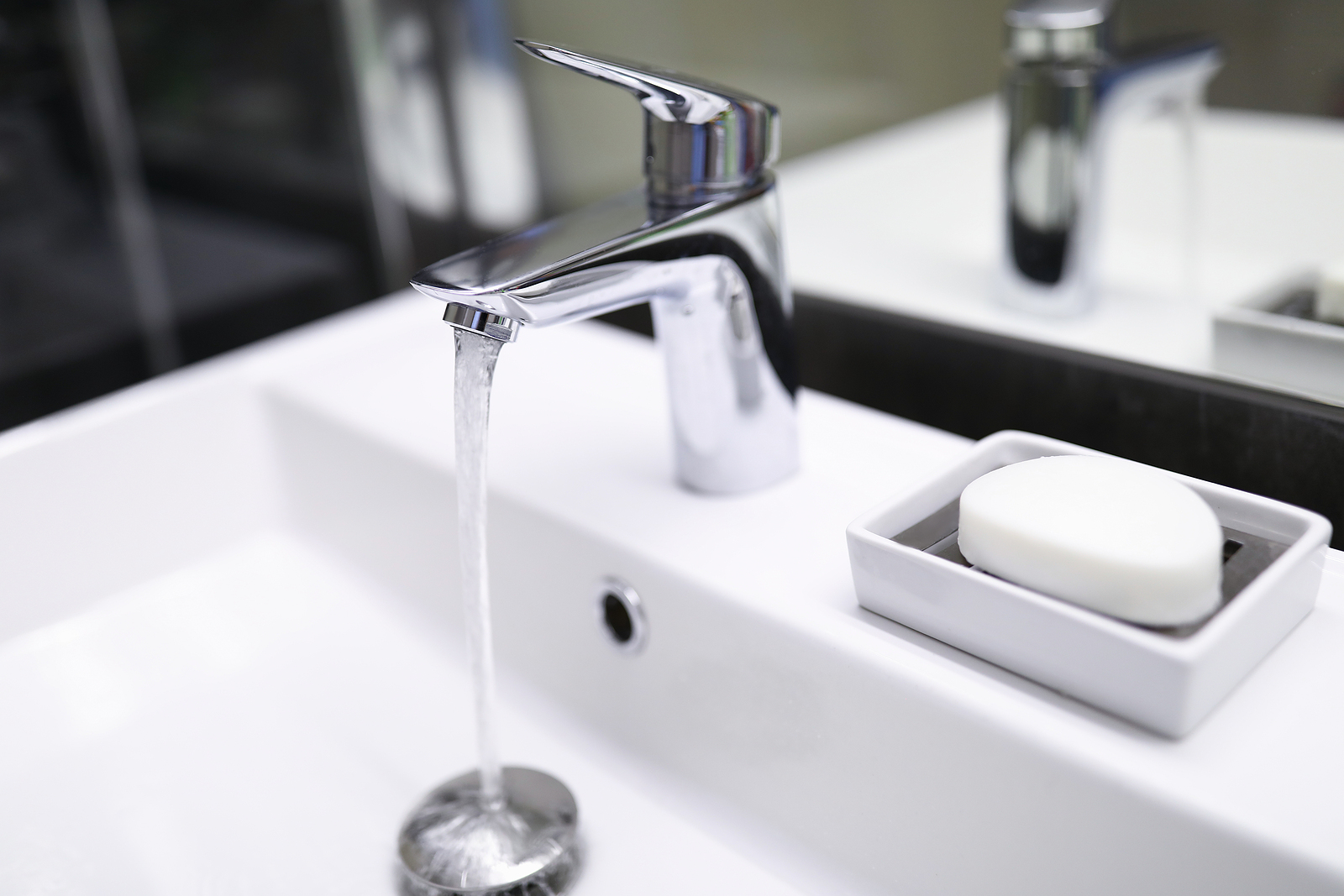

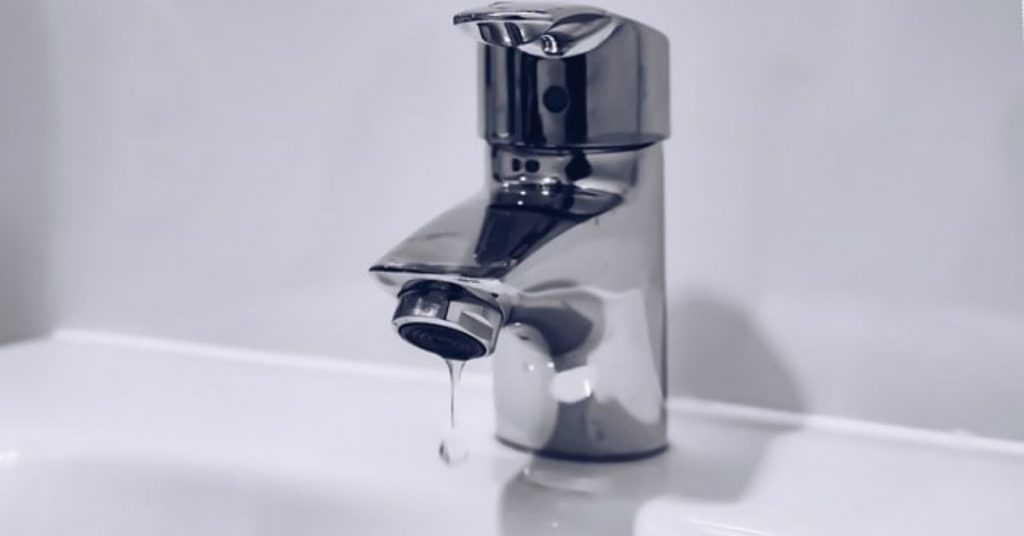


:max_bytes(150000):strip_icc()/increase-low-shower-pressure-4052359_FINAL_01-6ece340f72f74bf9ae59e4192b03c0bc.png)









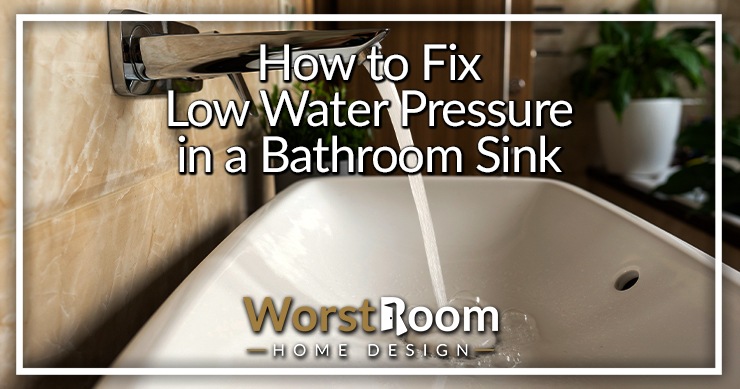









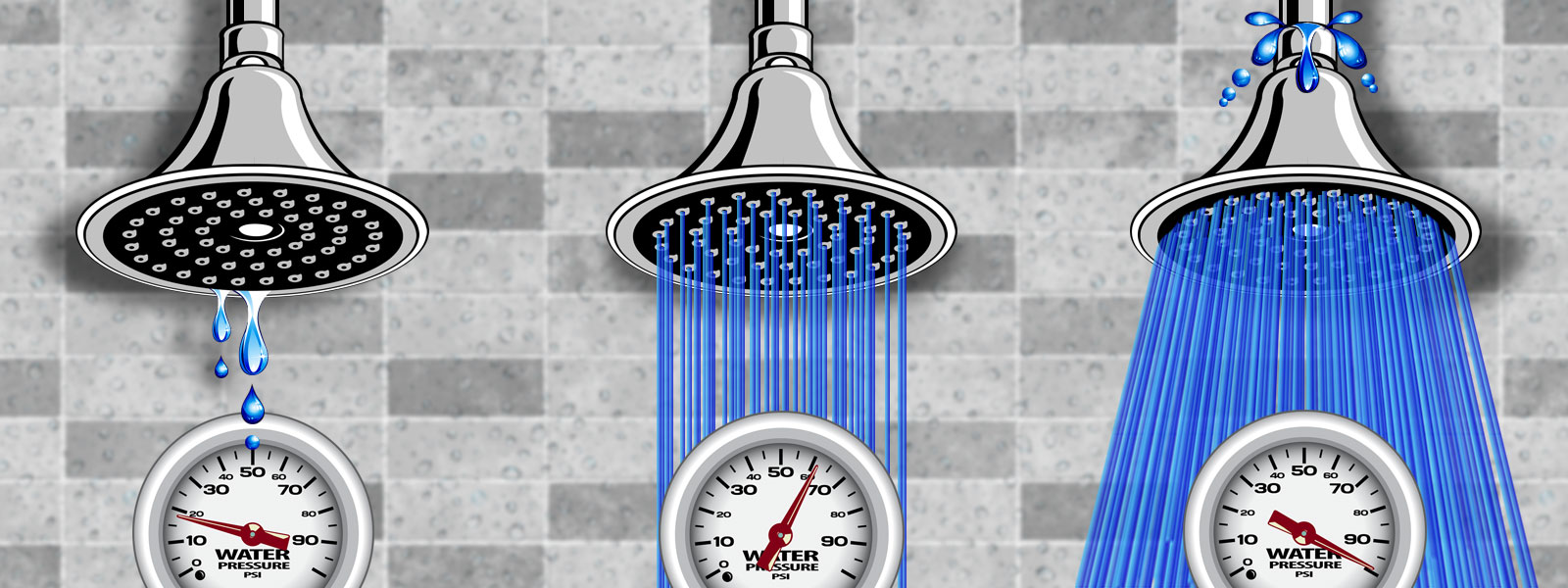



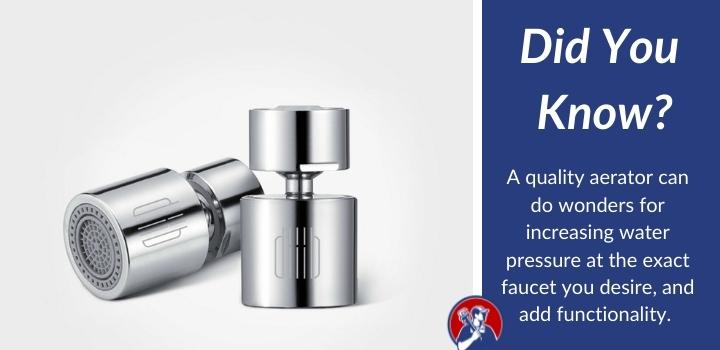



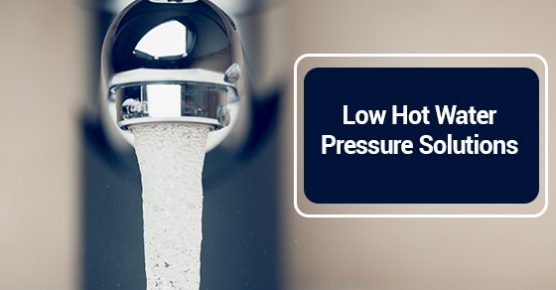
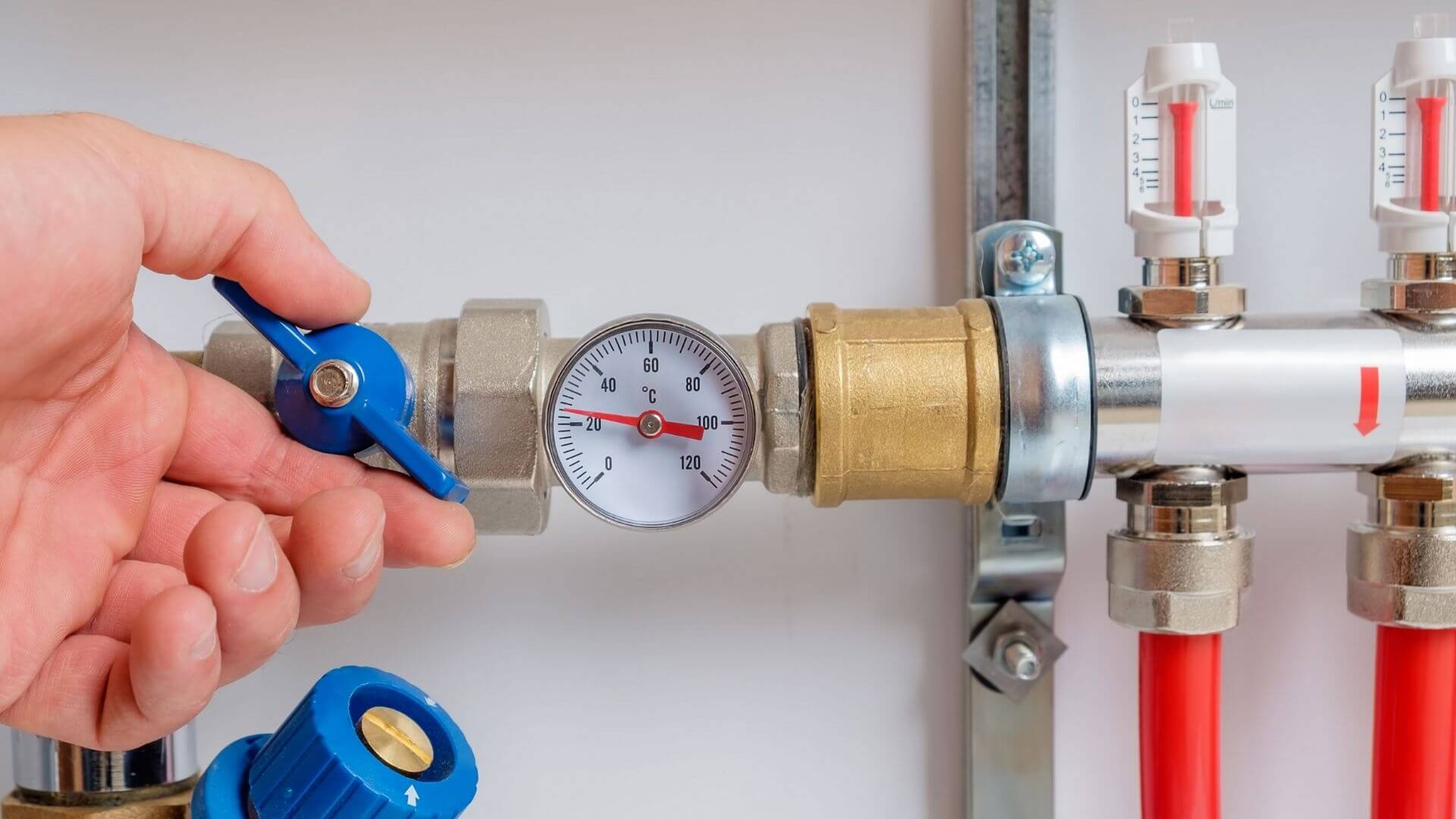






/low-water-pressure-2718732-05-99eb1816e88841c593aeeaaaf330085b.jpg)

